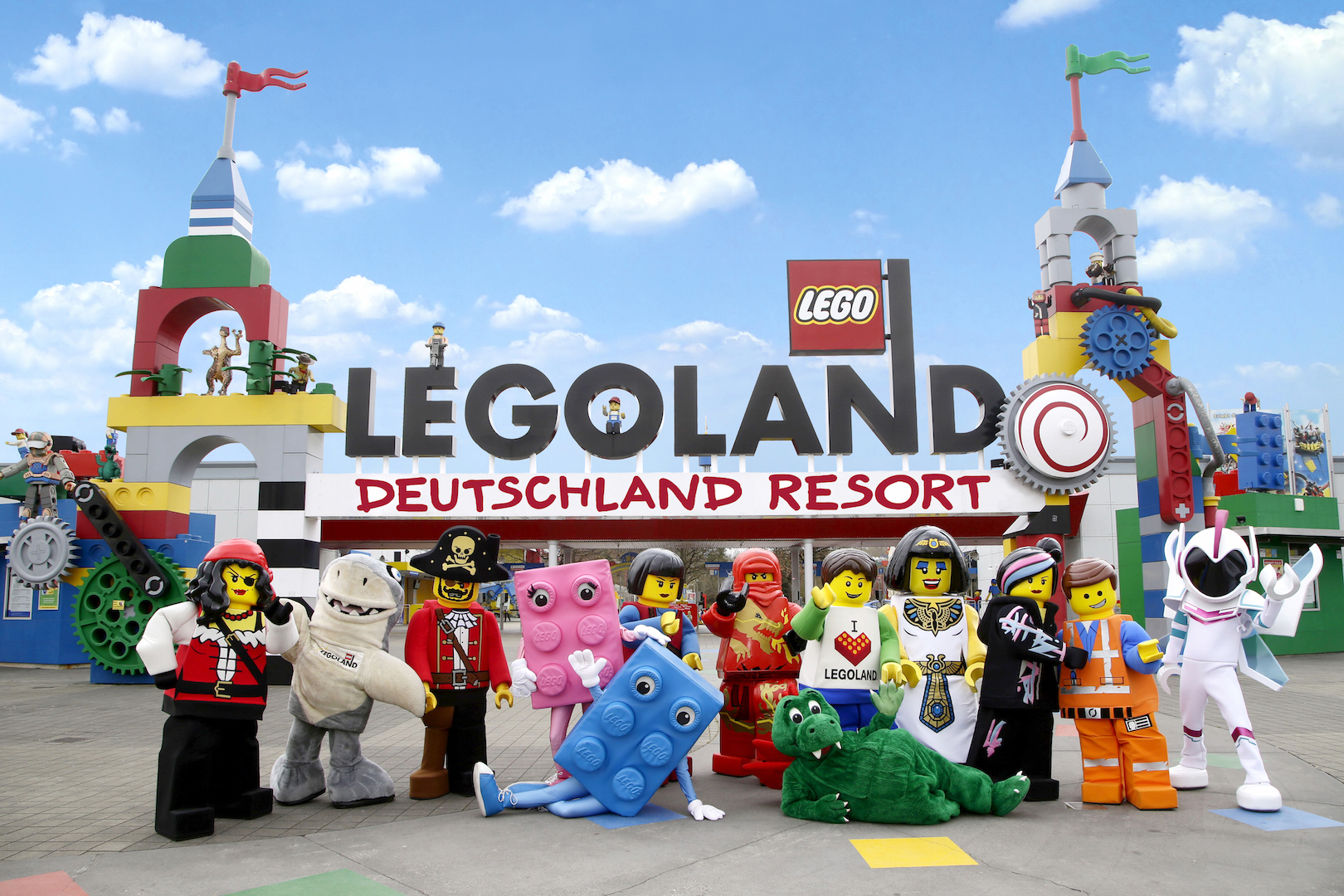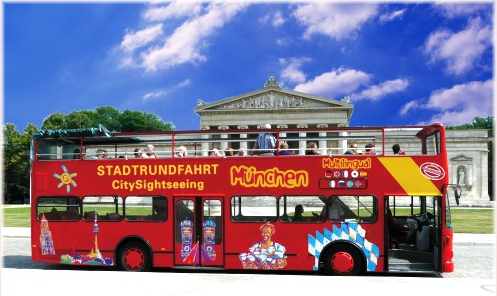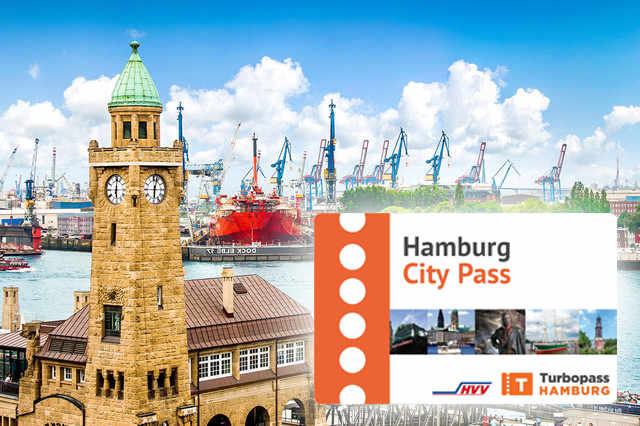A Grand Tour of Germany: From Frankfurt to the Fairytale Castles and Back
This comprehensive travel guide outlines a classic German itinerary, a grand loop that takes you through the country's vibrant cities, picturesque medieval towns, and breathtaking natural landscapes. The journey encapsulates the very essence of Germany, from its economic power and historic port cities to its romantic river valleys and Alpine splendour.
Route Overview
The journey begins and ends in Frankfurt, forming a circular route that efficiently covers a vast and diverse range of German experiences:
Frankfurt → Rüdesheim → Koblenz → Cologne → Bremen → Hamburg → Lübeck → Berlin → Potsdam → Dresden → Würzburg → Rothenburg → Munich → Königssee → Southern Village → Oberammergau → Neuschwanstein Castle → Southern Village → Heidelberg → Frankfurt.
1. Frankfurt: The Gateway
Often dubbed "Mainhattan" due to its impressive skyline, Frankfurt is Germany's financial hub and a city of fascinating contrasts, where modern skyscrapers stand alongside reconstructed historical buildings.
Attractions: Explore the Römerberg, the city's historic heart with its charming, timber-framed buildings. Visit the Städel Museum for a world-class art collection. For panoramic views, ascend the Main Tower or stroll along the museum embankment (Museumsufer) on the banks of the River Main.
Food & Drink: Indulge in a traditional Apfelwein (apple wine) in the Sachsenhausen district, paired with a hearty meal of Grüne Soße (green sauce) with boiled eggs and potatoes.
Transportation: Frankfurt Airport (FRA) is one of Europe's major hubs. The city has an excellent public transport system (U-Bahn, S-Bahn, trams). It's the perfect starting point for this journey.
Cultural Tip: Frankfurt is a city of trade fairs. Check the calendar, as hotel prices can skyrocket during major events.
2. The Rhine Valley: Rüdesheim & Koblenz
Travel from Frankfurt to Rüdesheim, the gateway to the UNESCO World Heritage Upper Middle Rhine Valley, a region famed for its vineyards, castles, and lore.
Attractions in Rüdesheim: Wander through the narrow, lively Drosselgasse lane. Take a cable car up to the Niederwalddenkmal monument for stunning views over the Rhine.
The Rhine River Cruise: The quintessential experience is the boat journey from Rüdesheim to Koblenz. You'll glide past countless castles, fortress ruins, and steep vineyards. Key sights include the Lorelei Rock, the Pfalzgrafenstein Castle, and Marksburg Castle.
Attractions in Koblenz: Where the Rhine and Moselle rivers meet, you'll find the Deutsches Eck (German Corner), a monumental headland. Take a cable car across the river to the mighty Ehrenbreitstein Fortress.
Food & Drink: Sample local Riesling wines from roadside stands or in cosy wine taverns (Weinstuben). Try a Rheinischer Sauerbraten (pot roast marinated in vinegar and spices).
Transportation: Train from Frankfurt to Rüdesheim. The scenic cruise to Koblenz is a must. From Koblenz, take a train to Cologne.
3. Cologne: The Cathedral City
Dominating the skyline is Cologne's most famous landmark, a Gothic masterpiece that defines the city.
Attractions: The Cologne Cathedral (Kölner Dom) is a UNESCO site; climb the 533 steps to the south tower for a reward view. Cross the Hohenzollern Bridge, famous for its "love locks." Explore the Romano-Germanic Museum and enjoy the modern art at Museum Ludwig.
Food & Drink: Cologne is the home of Kölsch, a light, crisp beer served in tall, thin 0.2L glasses by waiters called Köbes. Pair it with a traditional dish like Himmel un Ääd (black pudding with mashed potatoes and apple sauce).
Transportation: Cologne is a major rail hub with high-speed ICE connections. The city center is very walkable, with a comprehensive tram network.
Cultural Tip: Cologne's carnival (Karneval) in February/March is one of the biggest street festivals in Europe. The city transforms into a massive party.
4. Northern Cities: Bremen, Hamburg & Lübeck
This leg takes you to Germany's north, characterized by Hanseatic history, maritime flair, and distinct red-brick architecture.
Bremen
A city of fairy tales and merchants.
Attractions: The historic market square (Marktplatz) is home to the stunning Town Hall (a UNESCO site), the Roland statue, and the iconic Bremen Town Musicians statue. Stroll through the charming Schnoorviertel, a medieval quarter with narrow lanes.
Hamburg
Germany's "Gateway to the World," a vast port city with a unique energy.
Attractions: Explore the warehouse district, Speicherstadt (another UNESCO site), with its red-brick Gothic warehouses crisscrossed by canals. Visit the modern Elbphilharmonie concert hall for a tour or a performance. See the landing bridges at Landungsbrücken and take a boat tour of the huge harbor.
Food & Drink: Hamburg is famous for its fish sandwiches (Fischbrötchen) available at the harbor. Try Labskaus, a traditional sailor's dish made from corned beef, potatoes, and beetroot.
Lübeck
The former "Queen of the Hanseatic League," a beautifully preserved medieval city.
Attractions: Enter the old town through the iconic Holstentor gate. Marvel at the imposing Lübeck Cathedral and St. Mary's Church. Don't miss the Niederegger marzipan salon to learn about (and taste) the city's most famous export.
Transportation: Excellent train connections link these northern cities. Hamburg is a major international airport and rail hub.
Cultural Tip: The North German attitude is often described as more reserved and direct than in the south—a reflection of their pragmatic Hanseatic heritage.
5. The Capital & Its Neighbor: Berlin & Potsdam
A deep dive into Germany's tumultuous history and its vibrant, modern capital.
Berlin
A sprawling, dynamic metropolis where history is palpable on every corner.
Attractions: Visit the Reichstag Building (book dome visit in advance), see the Brandenburg Gate, and walk along remnants of the Berlin Wall at the East Side Gallery. Reflect at the Holocaust Memorial. Museum Island is a UNESCO site with five world-renowned museums. For a view, go up the TV Tower (Fernsehturm) at Alexanderplatz.
Food & Drink: Enjoy a iconic Currywurst. Explore the diverse food scene in districts like Kreuzberg and Prenzlauer Berg, from Turkish markets to trendy vegan cafes.
Potsdam
A short trip from Berlin, Potsdam is known for its magnificent palaces and parks.
Attractions:The stunning rococo Sanssouci Palace, the former summer palace of Frederick the Great, is the highlight. Explore the vast park and other buildings like the Orangery Palace and Charlottenhof Palace. The Dutch Quarter with its red-brick houses is also charming.
Transportation: Berlin has two airports (BER, TXL). The city's BVG network (U-Bahn, S-Bahn, buses) is extensive. Potsdam is easily reached by S-Bahn (S7) or regional train.
Cultural Tip: Berlin's pace is fast and its culture is alternative and creative. Allow several days to even scratch the surface of this ever-changing city.
6. Saxon Jewels: Dresden
Known as "Florence on the Elbe," Dresden was meticulously rebuilt after its destruction in WWII, restoring its breathtaking Baroque splendor.
Attractions:The Frauenkirche, once a pile of rubble, now stands proudly again on Neumarkt square. The Zwinger Palace complex is an architectural masterpiece housing Old Masters and porcelain collections. Stroll along the Brühl's Terrace, the "Balcony of Europe."
Food & Drink:Saxon cuisine is hearty. Try Sauerbraten or Dresdner Eierschecke, a layered cheesecake. Sample wines from the nearby Elbe Valley, one of Germany's northernmost wine regions.
Transportation:A major stop on the ICE train line between Berlin and Prague. The city center is very walkable.
Cultural Tip:The Striezelmarkt, held in December, is one of Germany's oldest and most famous Christmas markets.
The Romantic Road & Bavaria: Würzburg to Neuschwanstein
The Romantic Road Start: Würzburg
The northern starting point of the Romantic Road, famous for wine and architecture.
Attractions:The magnificent Würzburg Residence, a UNESCO World Heritage site, is a Baroque palace with an incredible staircase fresco by Tiepolo. Cross the Old Main Bridge (Alte Mainbrücke) for views of the Marienberg Fortress and enjoy a glass of local Franconian wine on the bridge itself.
The Medieval Gem: Rothenburg ob der Tauber
A perfectly preserved medieval walled town that seems frozen in time.
Attractions:Walk the complete circuit of the old town walls. See the picturesque Plönlein, a small triangular square with a half-timbered house. Visit St. Jakob's Church and the Medieval Crime Museum. Don't miss the night watchman's tour for entertaining historical insights.
Food & Drink:Try a Schneeball (snowball), a pastry made from shortcrust dough strips formed into a ball and covered in powdered sugar, chocolate, or other toppings.
Transportation:The Romantic Road is best explored by car or coach tour for flexibility. Regional trains also connect these towns but may require changes.



